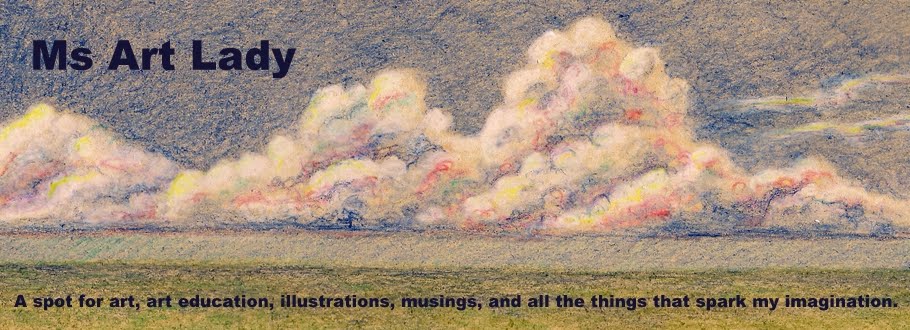Of particular interest to me is Frances Bagley's video installation titled "Witness." (Follow the hyperlink for an image directly from Bagley's website.) Bagley took video of a variety of different people's eyes while they were looking straight forward. She then created a display of 26 video players on metal stands that plays in a continuous loop. The only noticeable movement is the occasional random blink of the eyes. Bagley's purpose is to psychologically turn the viewer into the one who is being viewed, creating an unexpected tension. The artist is manipulating a concept known in the worlds of art and psychology as "gaze."
There are many different specific kinds of "gaze" that get talked about in the art world. One of the most common is "the male gaze." It is a hot topic in the world of art history and contemporary feminism, perhaps too hot of a topic for most public school systems. But perfectly acceptable in a high school setting are the concepts of
Even though these concepts have only found their most comprehensive forms in contemporary psychology and art, artist have known about the power of a subject's gaze for hundreds of years. As human beings we are instinctively interested in what other people (or animals) are looking at. This tendency is actually a critical part of our own survival instinct. Artist use their knowledge of the power of gaze to help drive the composition and message of their artwork. In response to the Silent Transmissions exhibit I have developed a high school art lesson plan around the Francis Bagley video installation and the concept of "gaze" in art work. If you are interested in a printable copy of the lesson plan drop me an email at edenhound@tannertaylor.com. I will be happy to forward a copy of it to you either as a pdf or a word document.
If you are in the vicinity of Nacogdoches, Texas between now and the end of March be sure to check out all of the outstanding artwork included in the "Silent Transmissions" exhibit.
Below are a few images from art history that would be great discussion starters for the topic of "gaze". The Bosch and Velasquez paintings are both part of my lesson plan in addition to the Bagley installation.
 |
Hieronymus Bosch, The Conjurer, 1475 -1505. oil on wood |
 |
| Gustav Corbet, The Desperate Man, 1844 - 1845, oil on canvas |
 |
| Caracalla, c. A.D. 215, marble, life size |
 |
Diego Velásquez, Las Meninas, 1656. oil on canvas |
